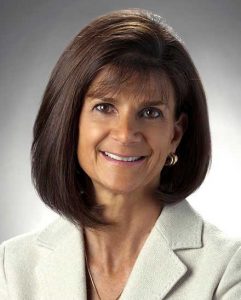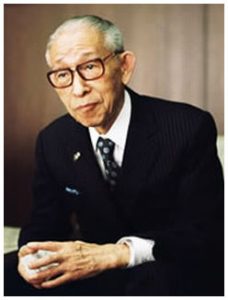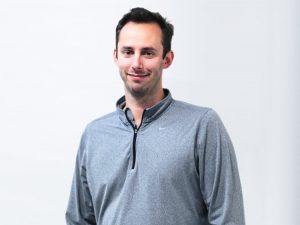Patricia Russo : The Former CEO of Lucent Technologies
The 21st century has led many changes in the way this world works. It has given rights to people to work and live the way they want to. Today, women are given equal respect and status, as the men in the working class, encouraging the women empowerment. Such a wave of change brings in huge positive impact on the society as a whole. Women in every business, are doing a great job and contributing as much a man do as a businessman. One example is that of the woman who served as the CEO of Lucent Technologies – Patricia Russo.
Early Life
Born on 12 June 1953, in Trenton, New Jersey, Russo’s father was a physician. She has five siblings, of which two suffer from different disabilities. Patricia learnt the importance of being kind and caring from her those two siblings.
She went to the Lawrence High School and graduated in the year 1969. She was the captain of the cheerleading squad, during her high school. Further, she went to the Georgetown University, to study Political Sciences and History, and pursue a bachelor’s degree in it. After graduating from the university, she landed up with the sales and marketing team at IBM, as her first job. Her eight years job at IBM, helped her develop a customer-centric perspective, which she would apply in her future management style. She was also one of the only women, working in the sales and mentioned that people did not believe in her in the early years.
Career
Russo left IBM, and joined AT&T, in 1981, working in the marketing department. During that time, she quickly rose to higher ranks and made important contributions in the human resources, operations, and strategic planning departments. In 1989, Russo completed an Advanced Management Program from Harvard University, and AT&T immediately hired her as the president of Business Communications Systems. She turned the whole scenario at AT&T, and made it the most profitable business, of that time.

In 1996, AT&T decided to spin-off its equipment division, and so was born the Lucent Technologies. In 1999, Russo was appointed as the Executive Vice President and Chairwoman of Lucent Technologies, which put around 80,000 employees under her.
After a rough patch at Lucent Technologies with the CEO Richard McGinn, Russo left the company in 2000, and took a small break, catching up with her hobby of painting. In the month of April 2001, Eastman Kodak offered her the position of President and Chief Operating Officer, which was also the position, which made Russo the first woman to take over at Eastman Kodak.
By the time, Lucent started facing enormous losses, and its shares were down by almost 50 per cent. The internet boom had a major impact on the company, and to be able to survive, they needed a leader who could take them out of such a storm. After McGinn’s removal as the CEO, Henry Schacht decided to bring in Russo back on the board. And on 7th January 2002, Russo was handed the responsibility when the company was in crisis.
When the price of the Lucent’s share was less than $1 per share, Russo promised that the company will come back strong soon. Her strategies led the company to a steady growth from the massive downfall, and the progress looked promising.
In 2006, Russo managed to break a deal between Lucent and Alcatel (a French telecom giant). This deal was a multi-billion dollar deal and promised to be the greatest mergers of all the time. In 2008, Russo stepped down as the CEO of Alcatel-Lucent due to the massive losses, the merger was facing and was not able to generate any profits. She was appointed on the Board of Directors of General Motors on 23rd July 2009.

Harshal Pawar is an avid reader, a TV show addict, and a writer. He has a personal blog brainwork.wordpress.com where he jots down his articles and poetry about love and life.
He is currently pursuing film-making and wishes to bring the words written on a paper to the screen. More of all he is a scorpio.





